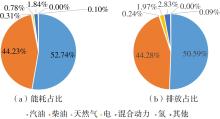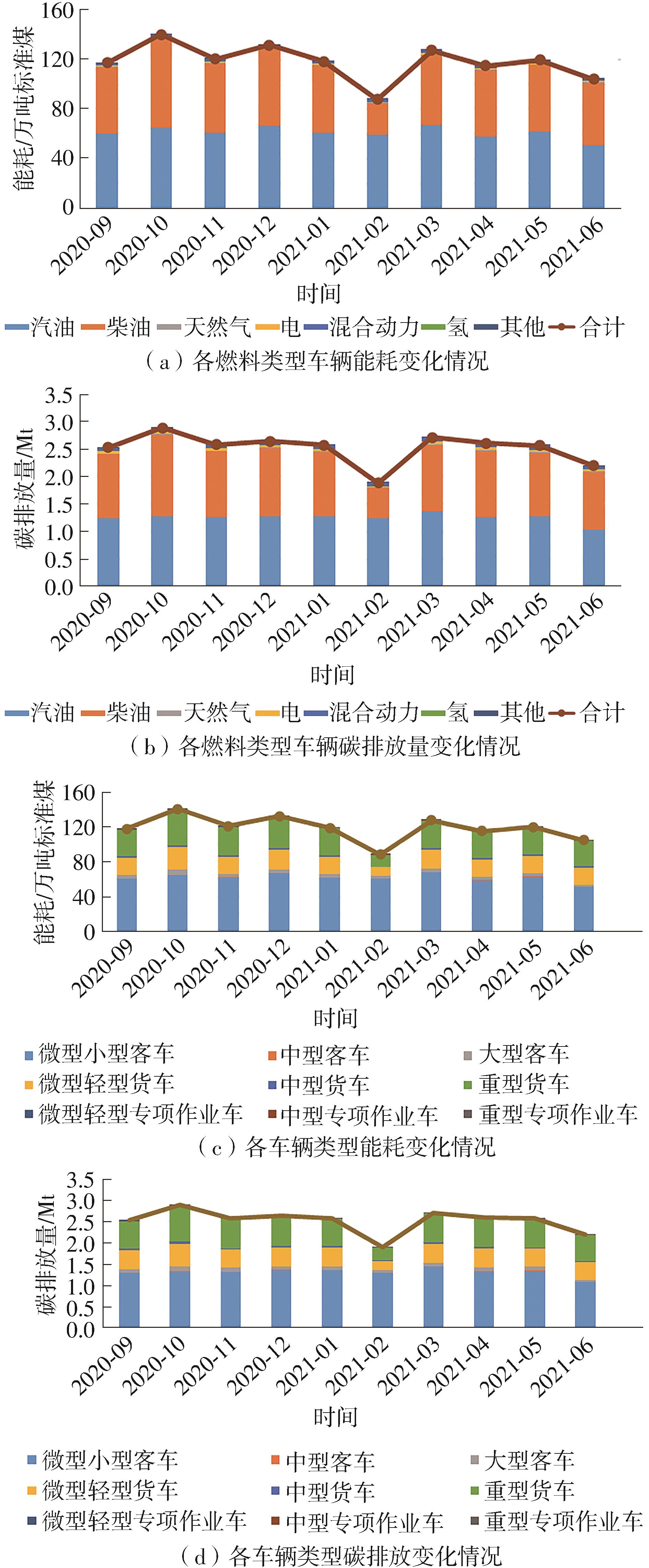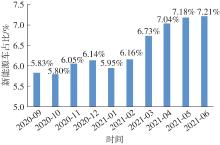Journal of South China University of Technology(Natural Science Edition) ›› 2022, Vol. 50 ›› Issue (9): 22-28.doi: 10.12141/j.issn.1000-565X.220019
Special Issue: 2022年交通运输工程
• Traffic & Transportation Engineering • Previous Articles Next Articles
Study on Measuring Method of Vehicle Carbon Emission in Expressway Network
LIN Xukun1,2, ZHANG Yang 1, LUO Zhiqing1, et al
- 1.School of Civil Engineering and Transportation,South China University of Technology,Guangzhou 510640,Guangdong,China
2.Comprehensive Planning Division,Department of Transportation of Guangdong Province,Guangzhou 510101,Guangdong,China
3.Resources and Environment Room,Planning and Research Center of Transportation of Guangdong Province,Guangzhou 510101,Guangdong,China









